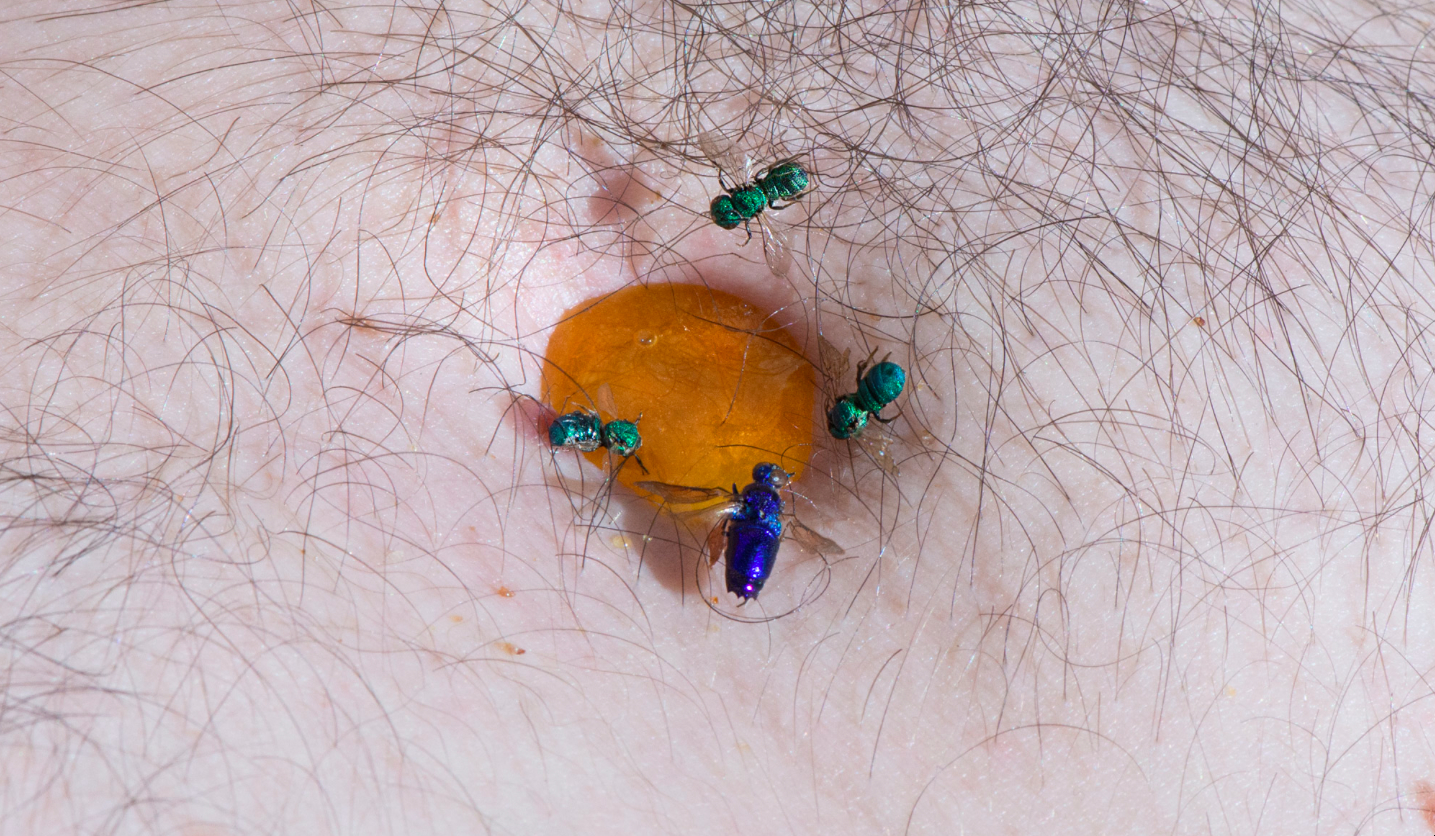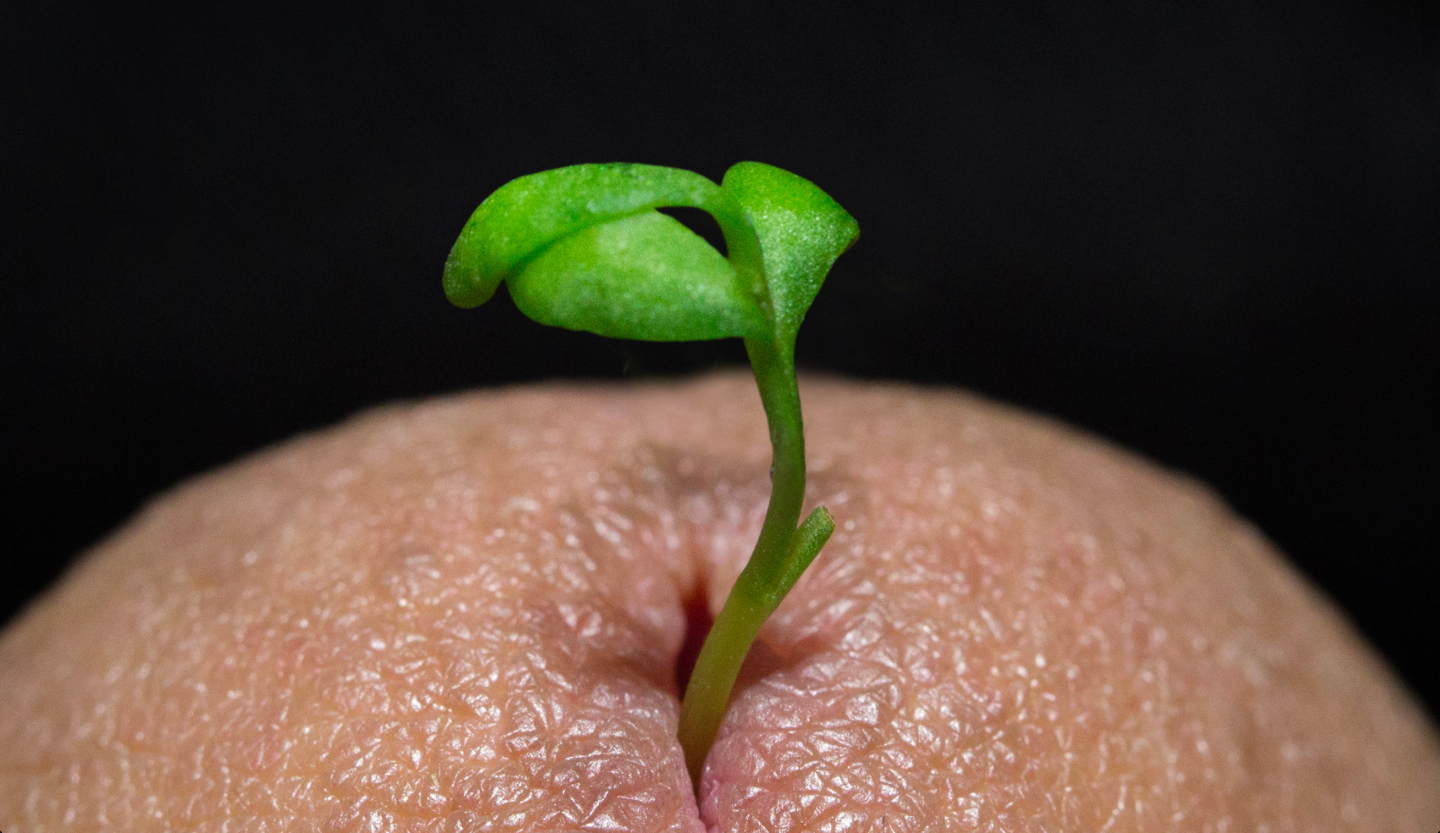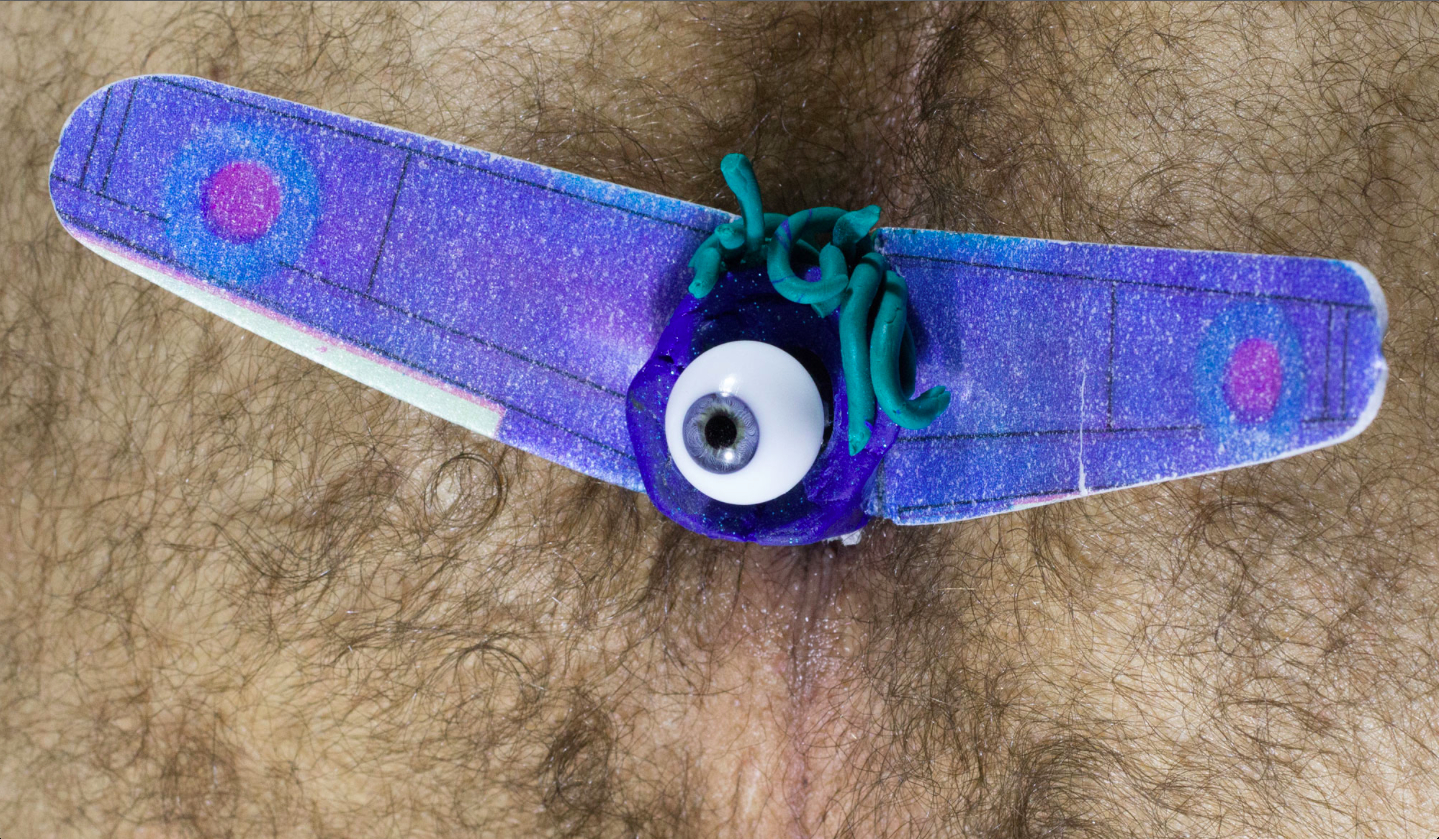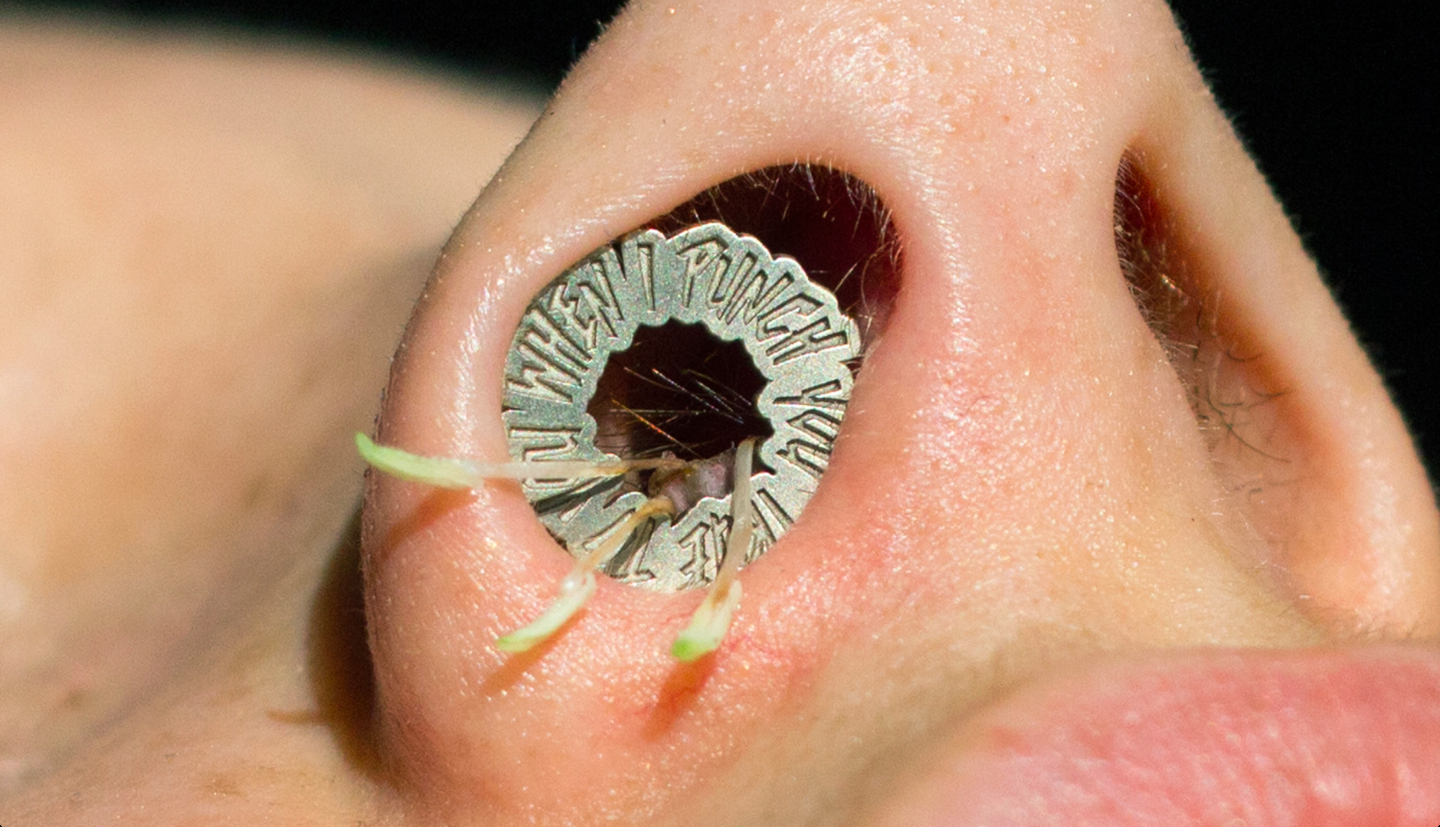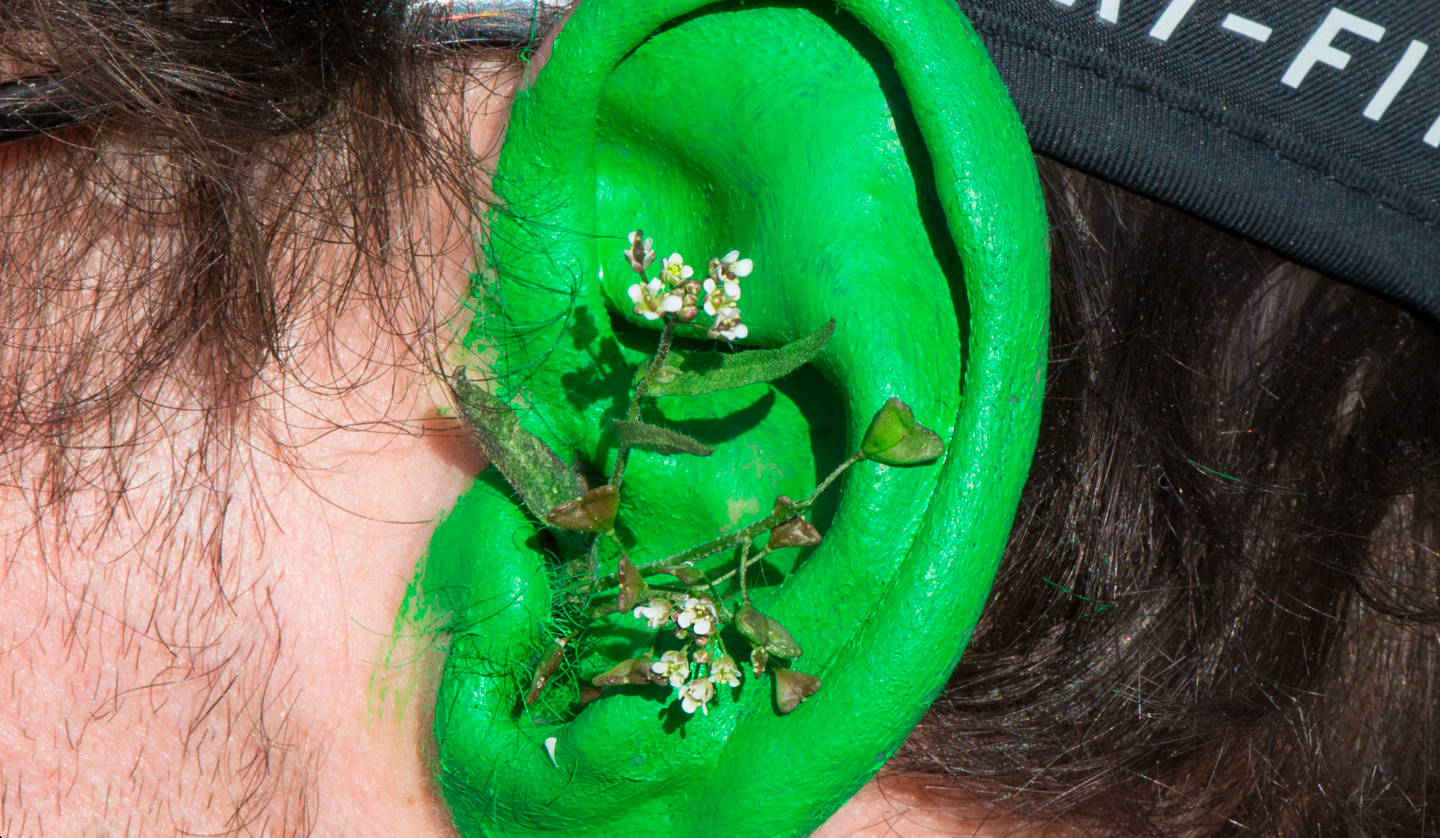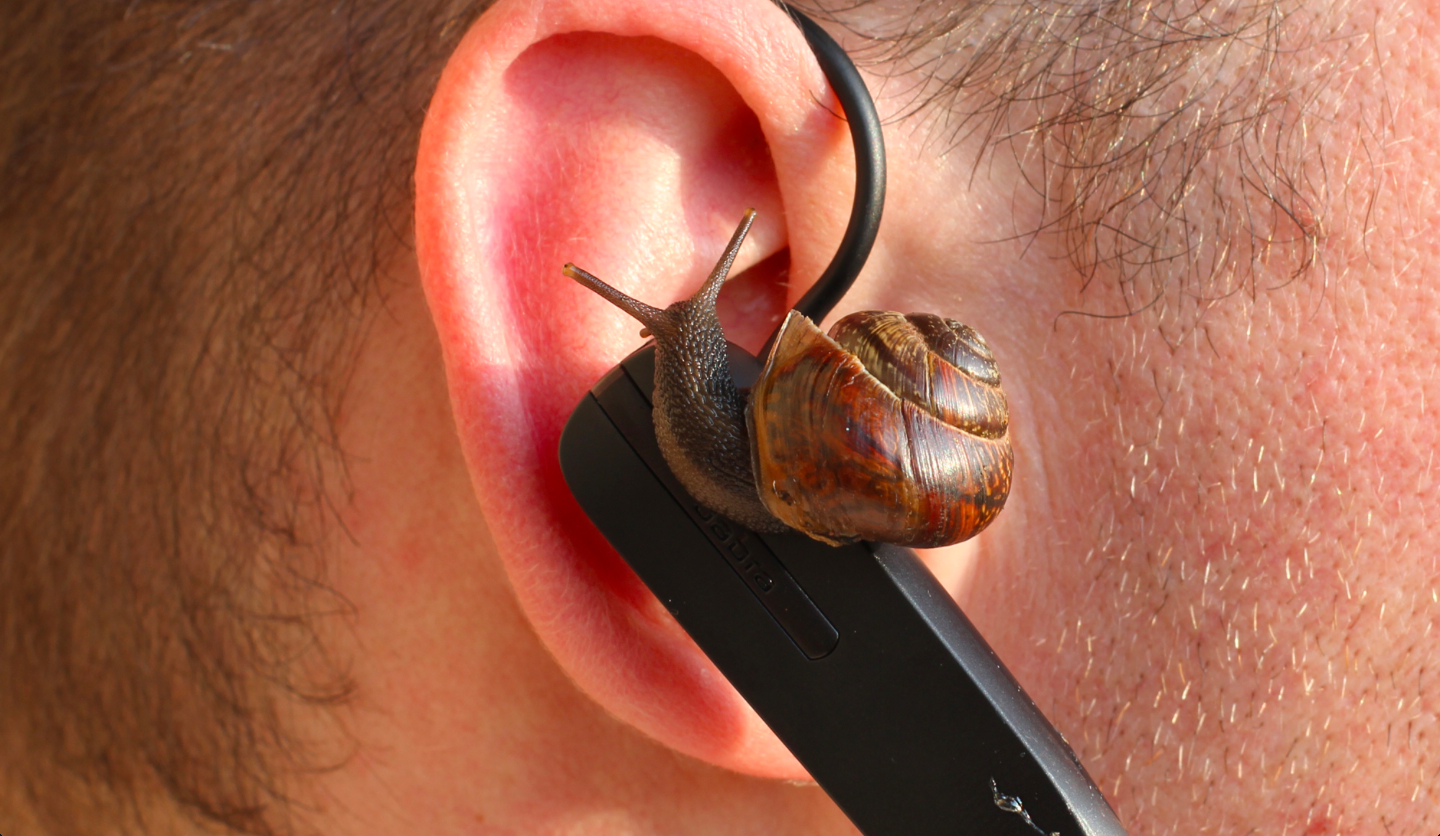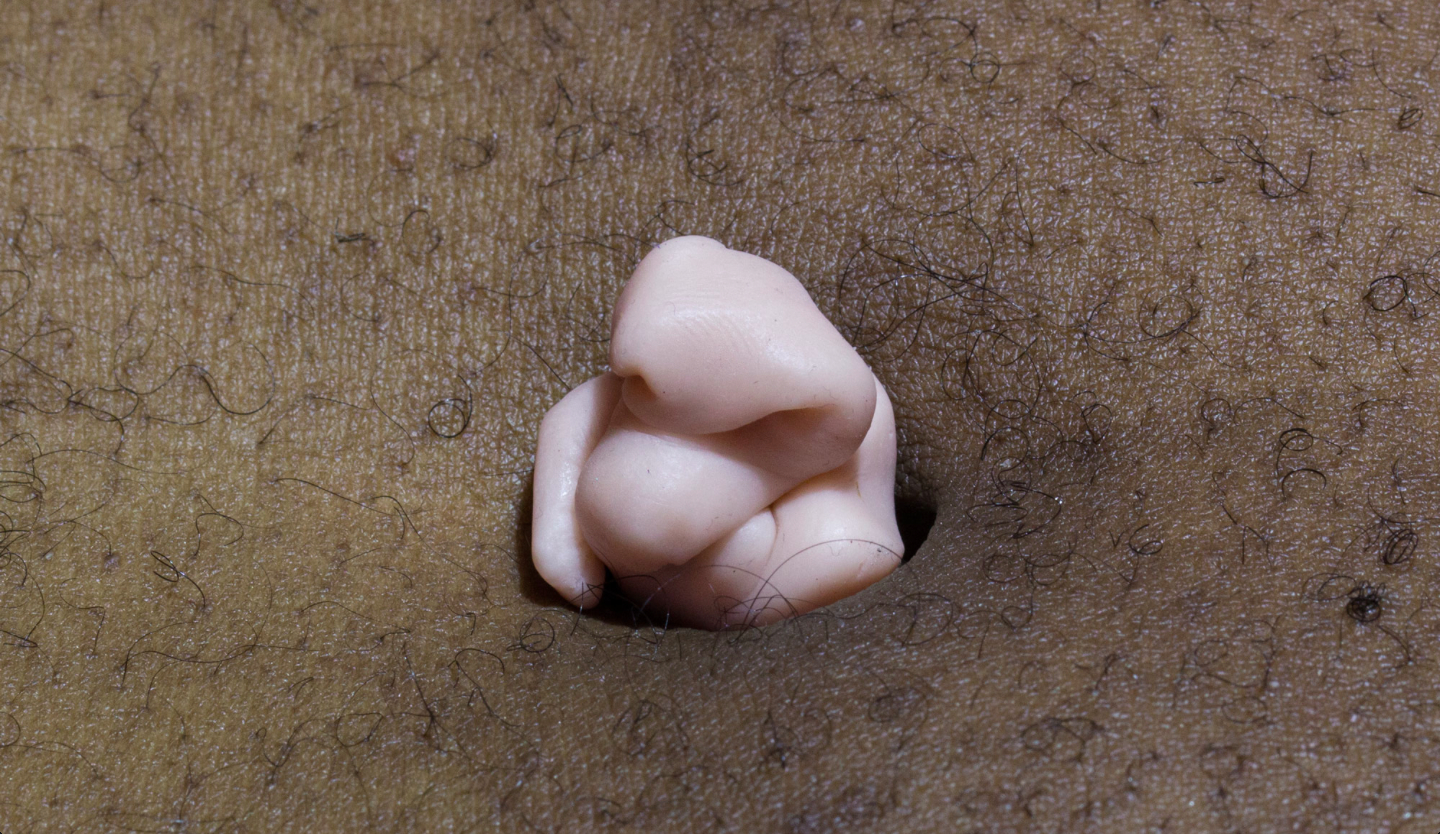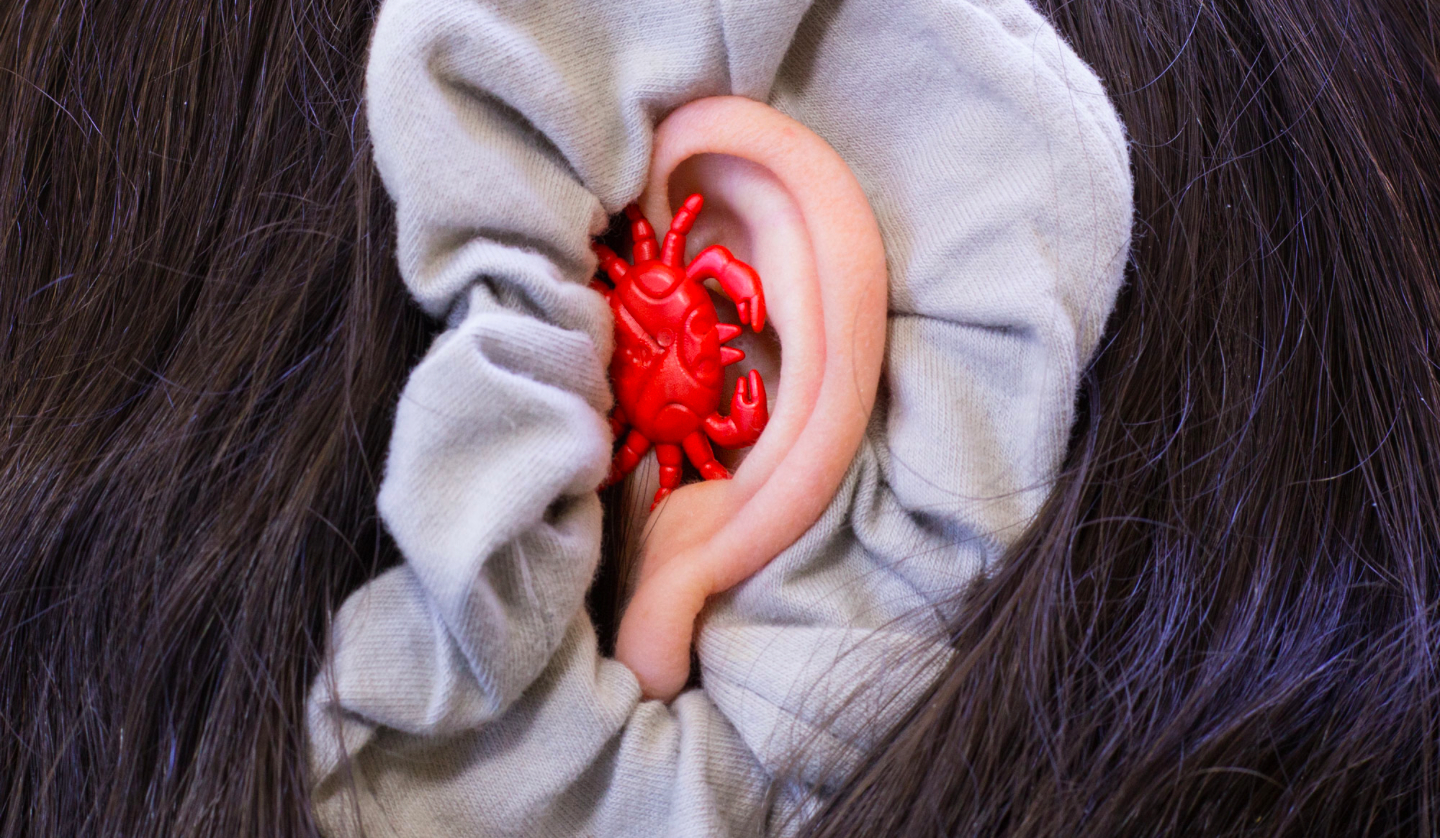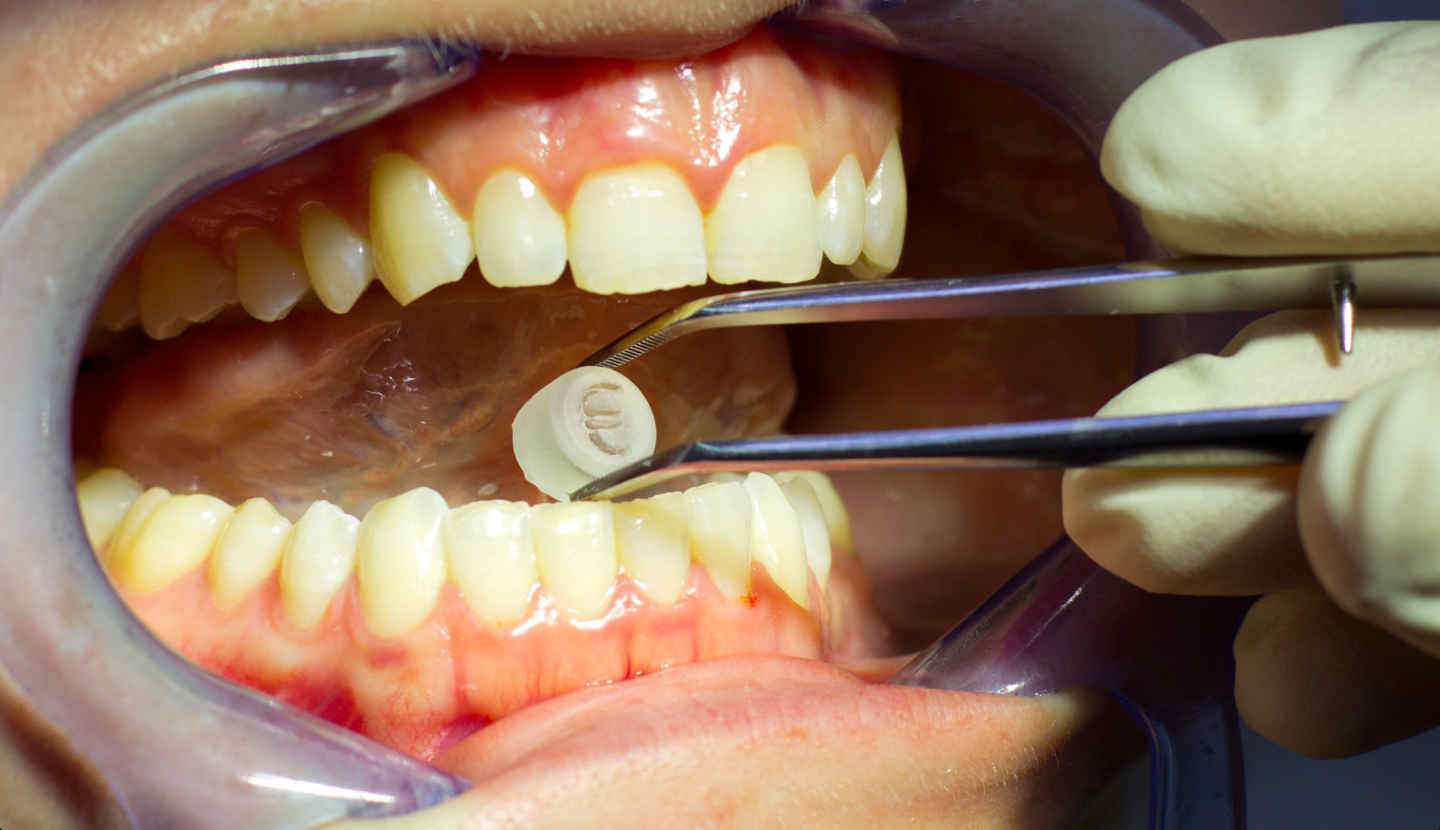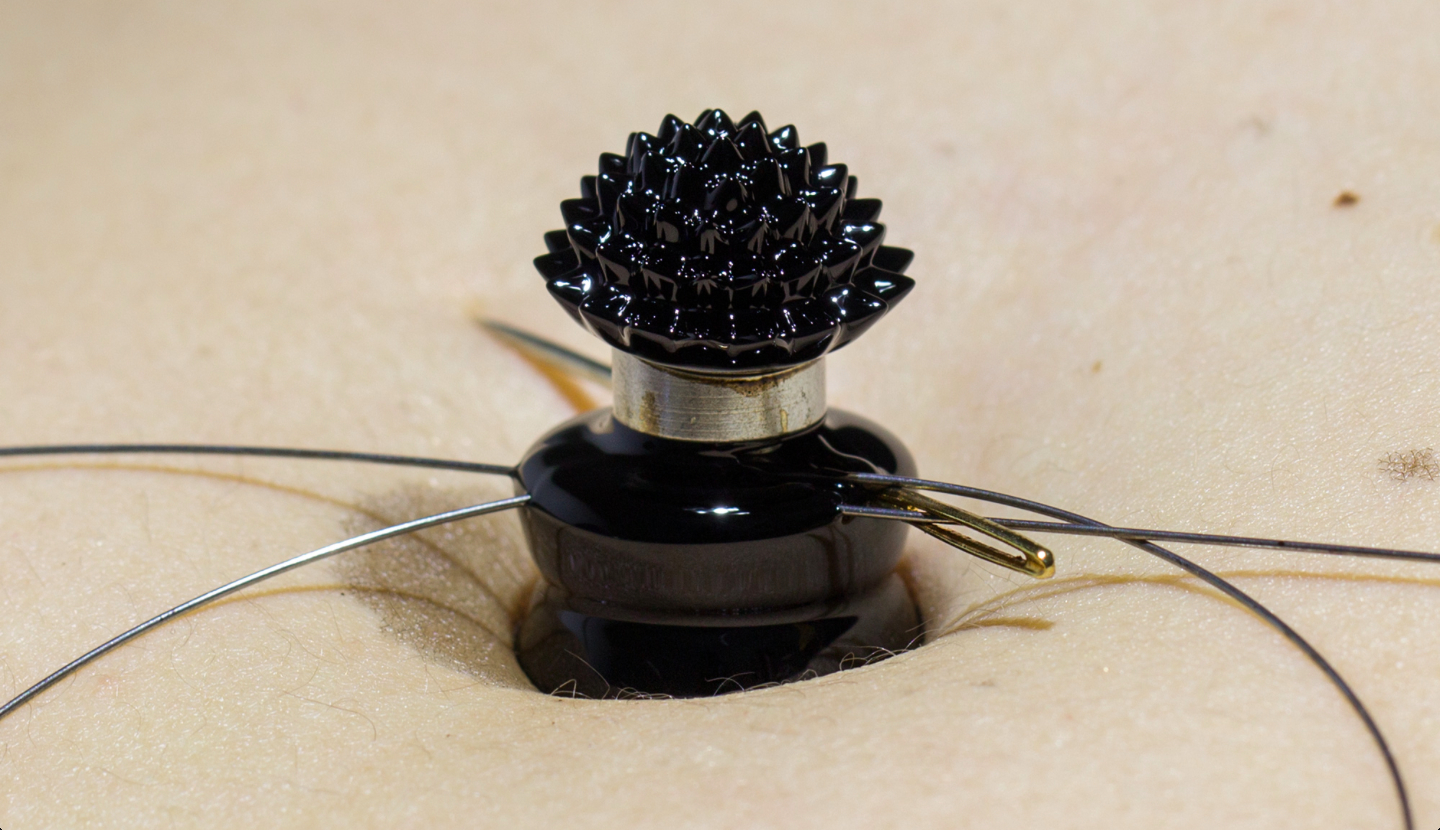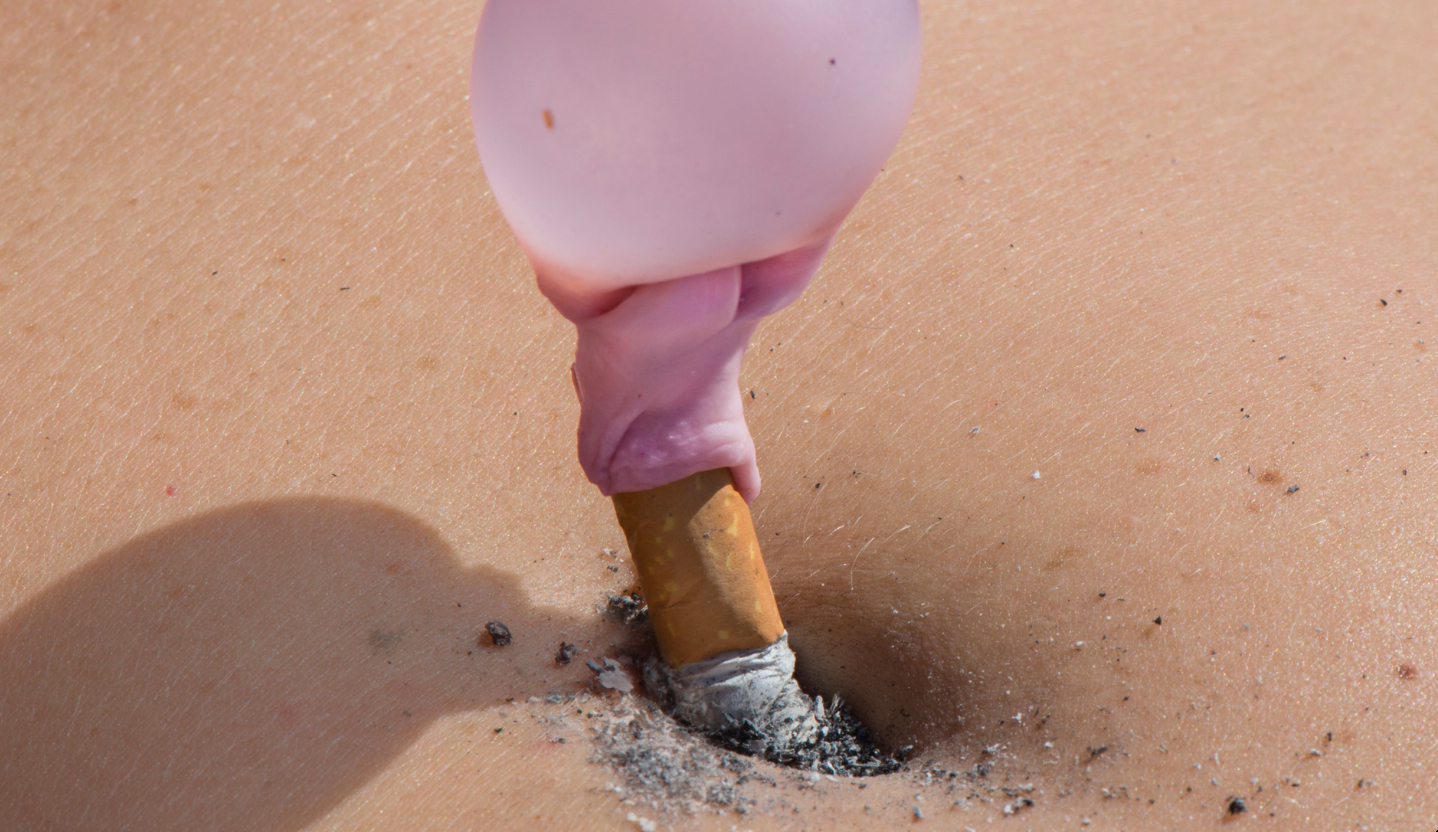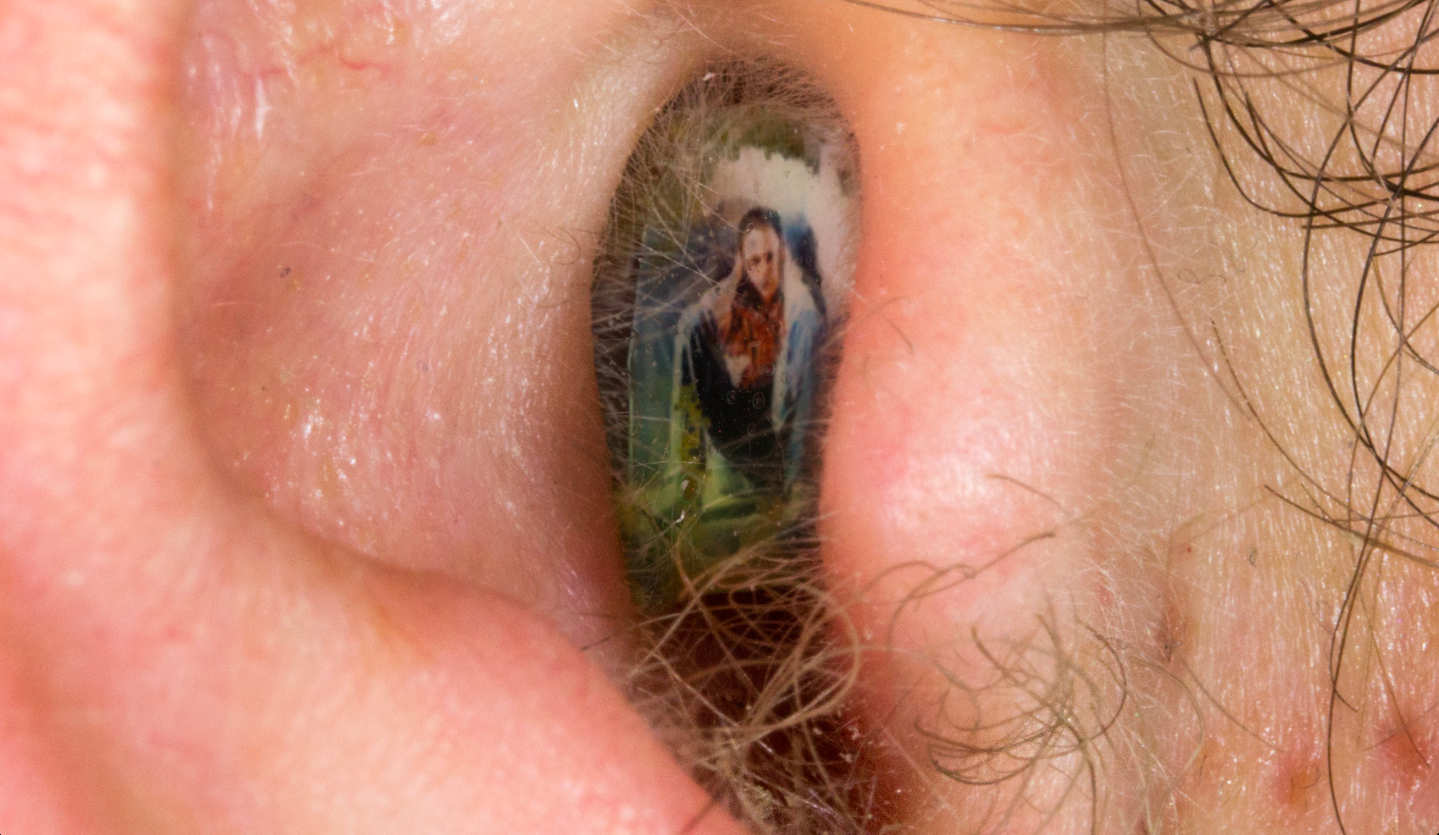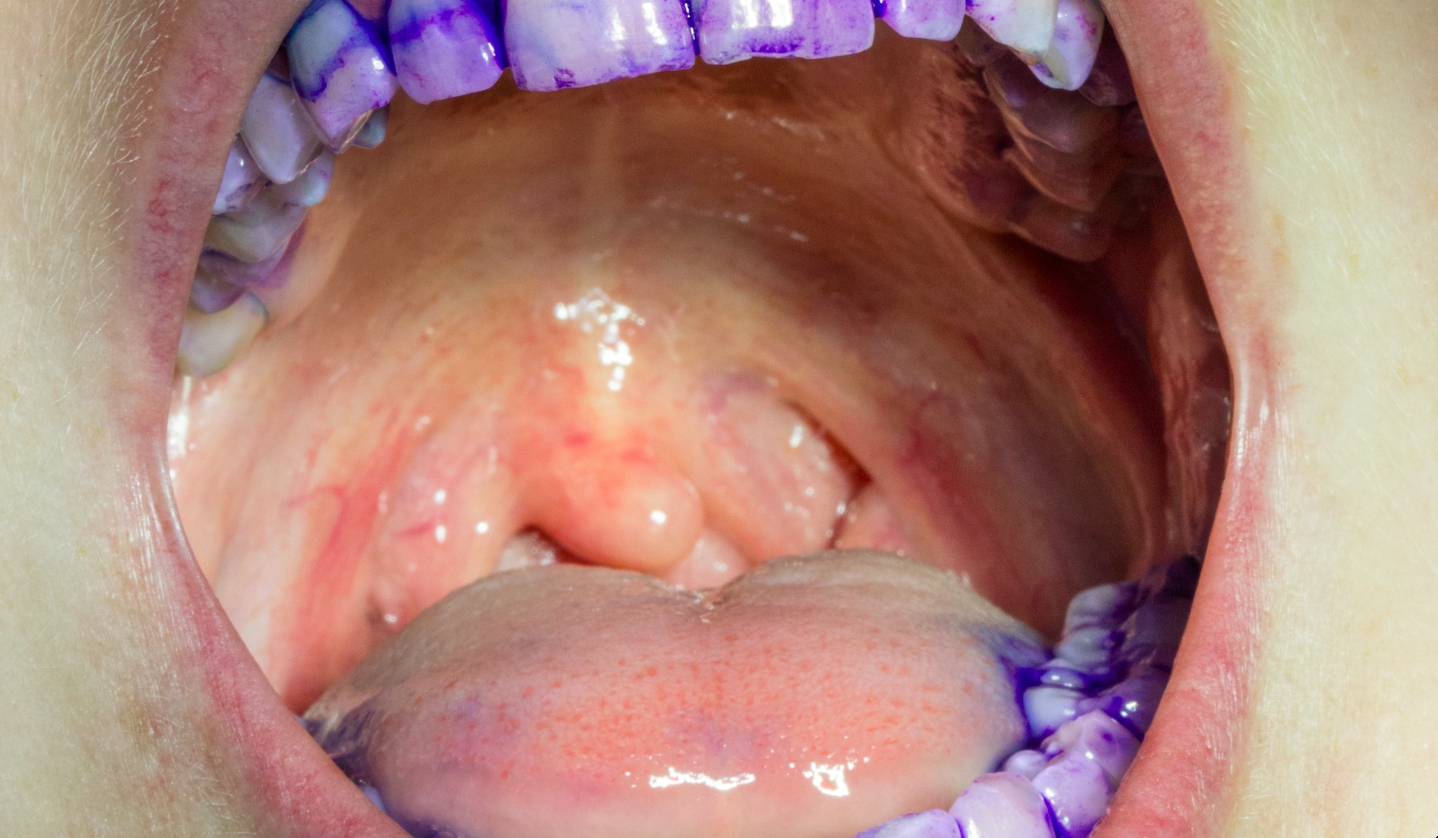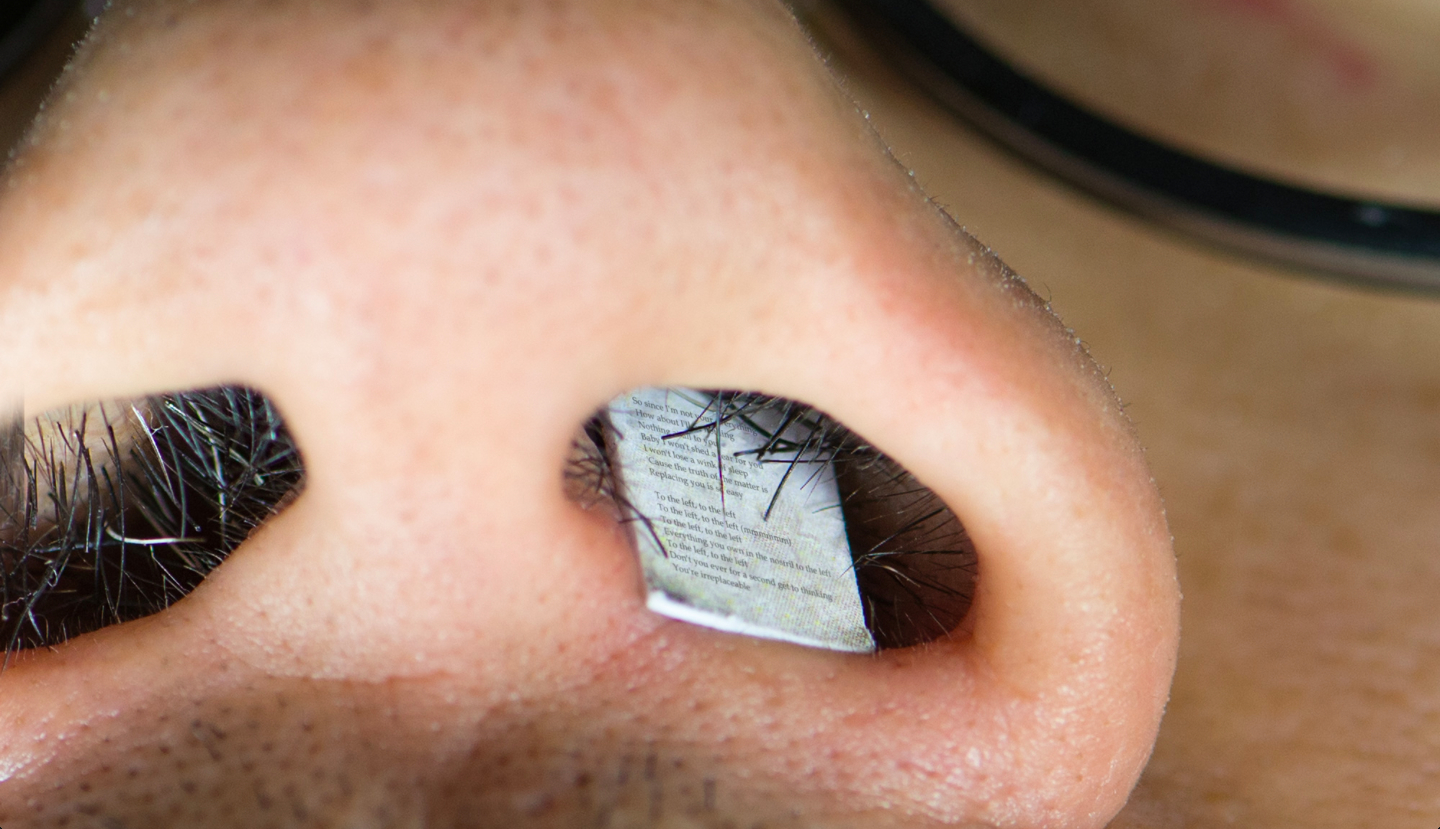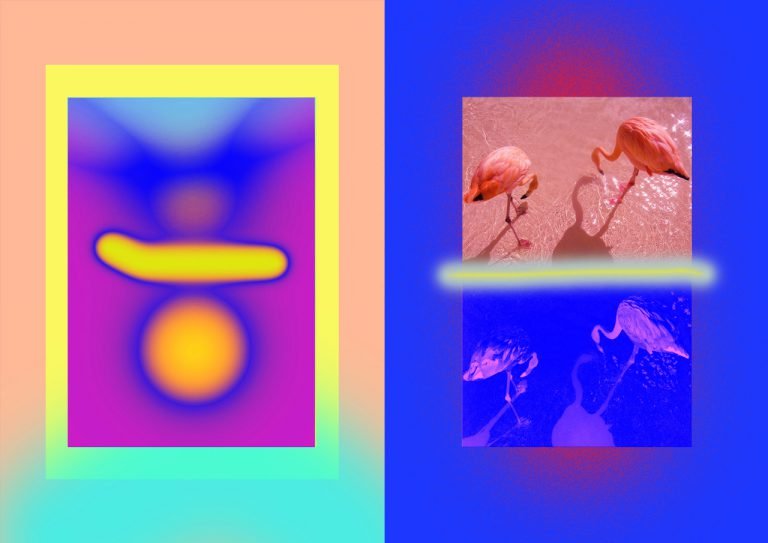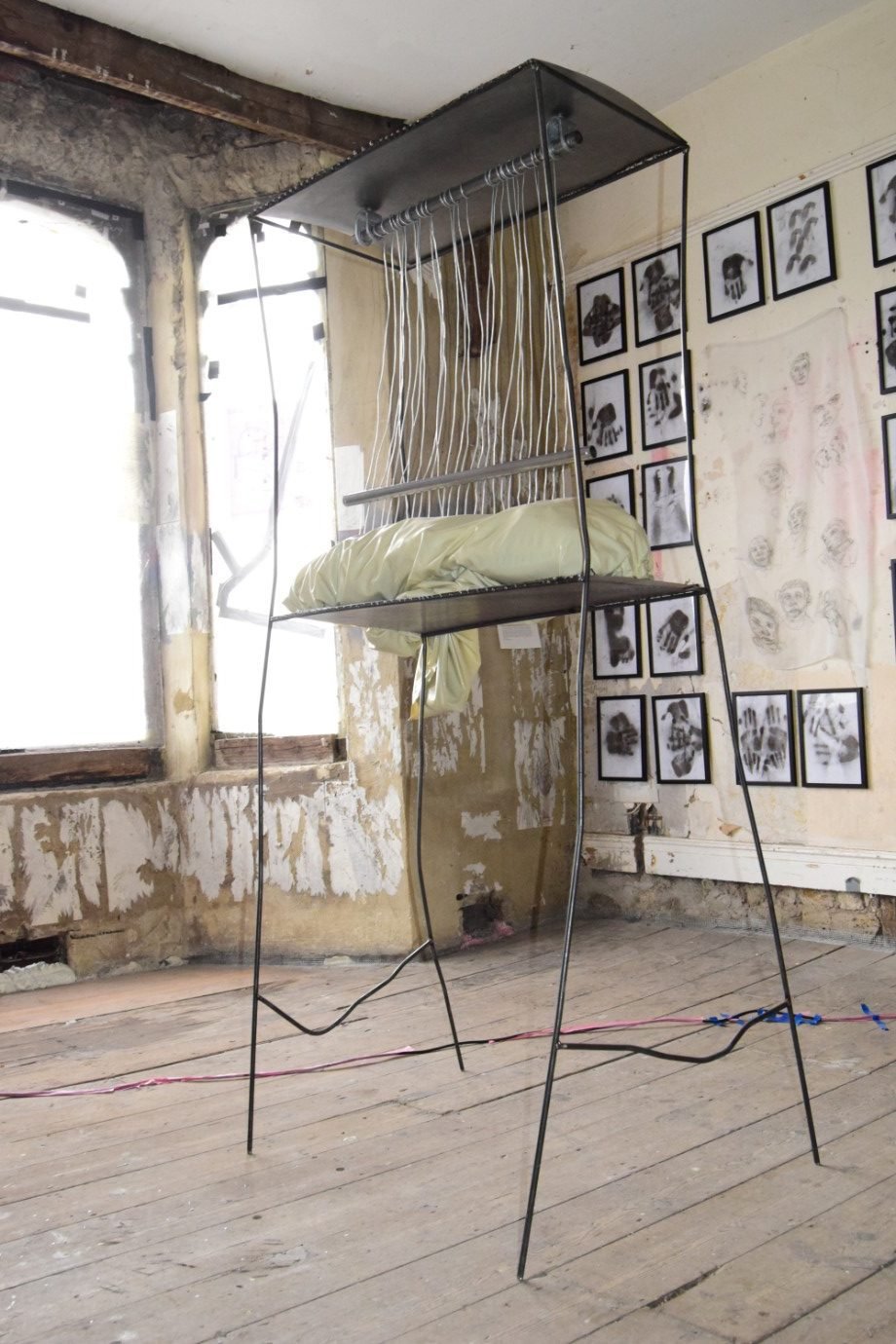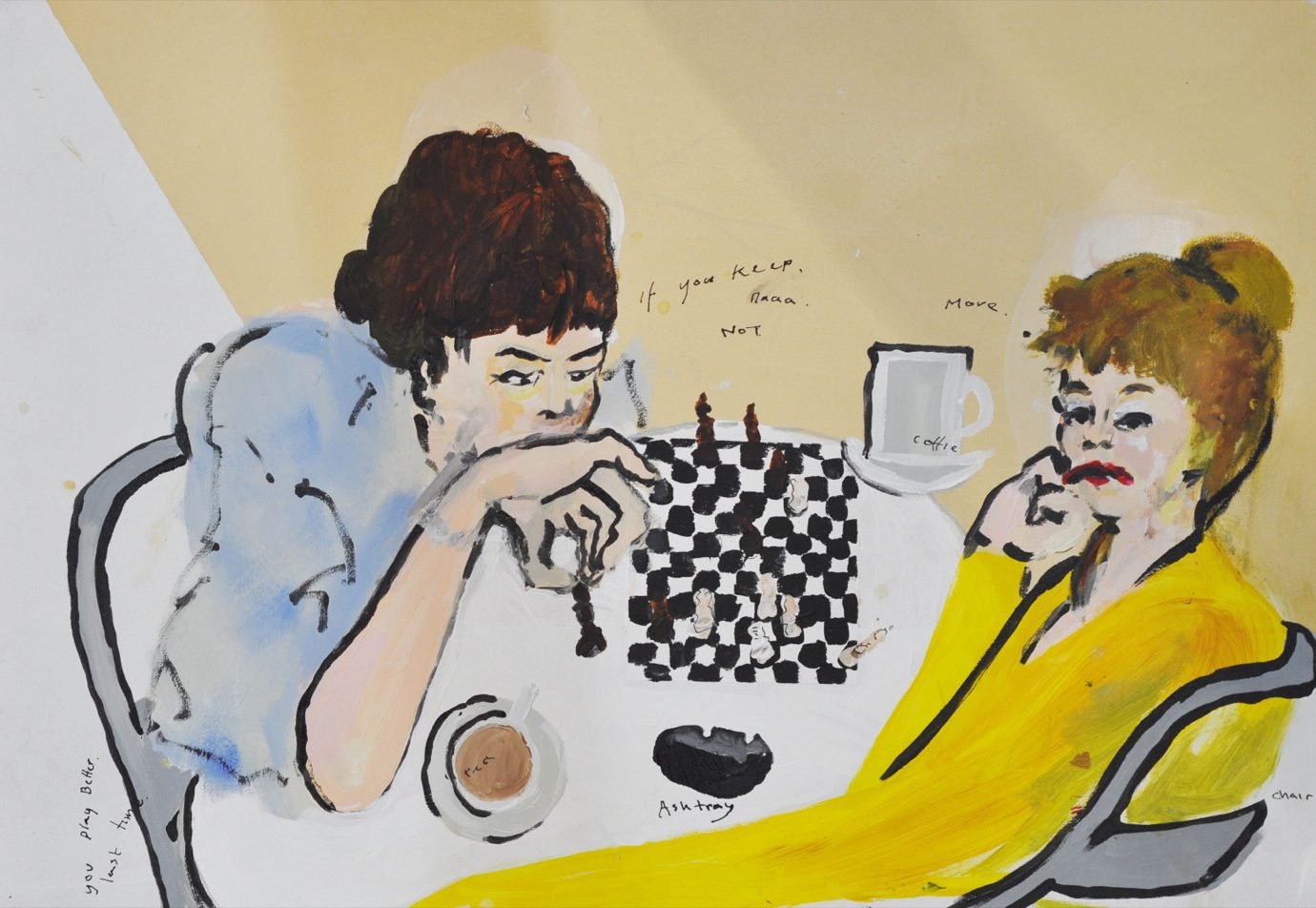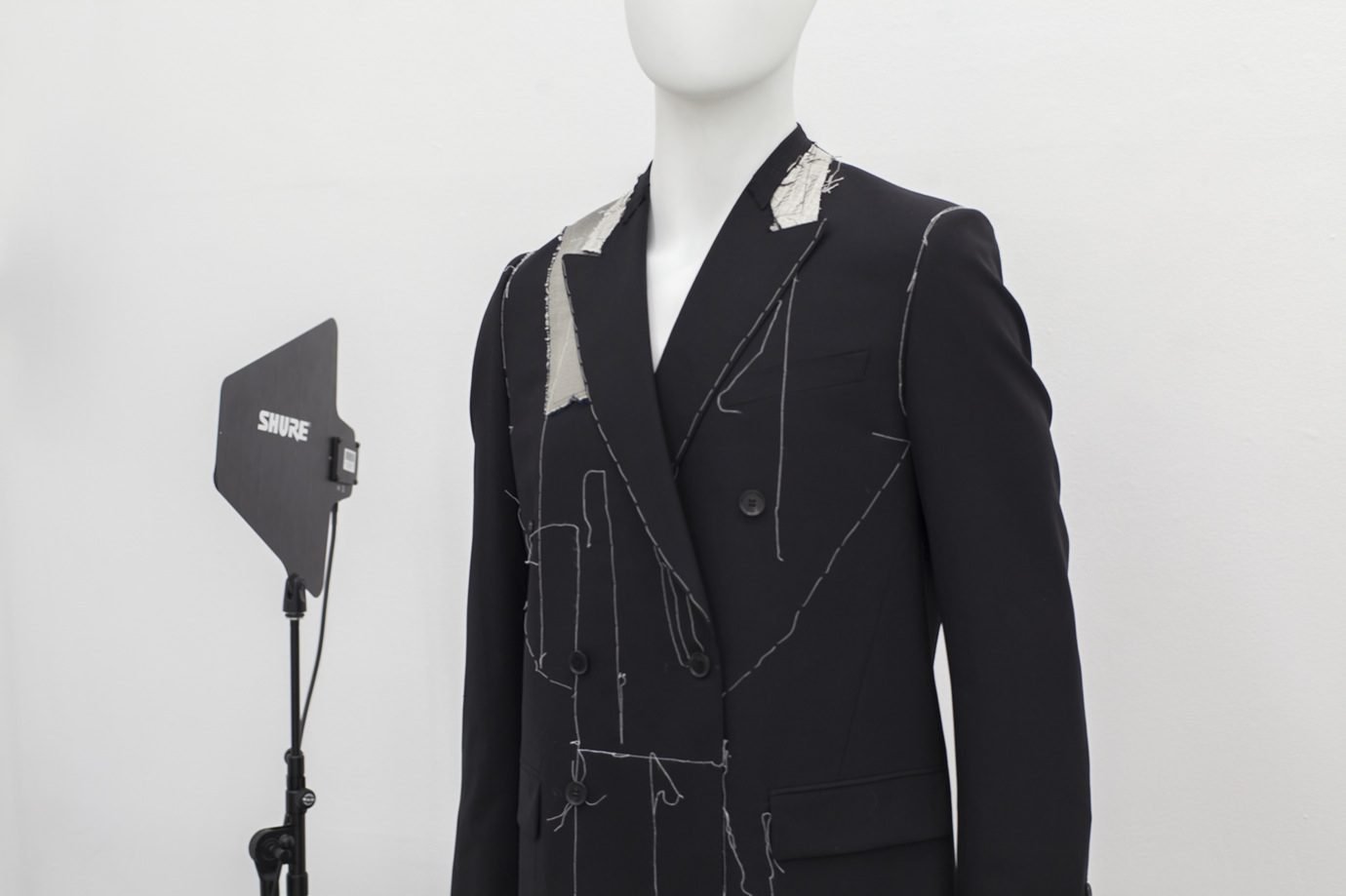They have attracted a great deal of attention as of late, specifically for their project BODY HOLES, that premiered at the 9th Berlin Biennale, curated by DIS. “If the body were a museum. There would be seven galleries,” reads the description on their website, referring to the fact that works of art were placed in seven different human orifices, then documented and presented as an online exhibition. Their work is playful while at the same time serious in its critique of institutional and commercial frameworks of art production and distribution. They join a growing milieu of artists, such as hotel-art.us and Lock-Up International, looking beyond the white cube in order to experiment with new models of exhibition making.
“WE WERE FED UP BY TODAY’S STANDARDIZED LOOK AND APPROACH TOWARDS EXHIBITIONS, AND THE TYPICAL PROCESS IT TAKES.”
How was your collaboration and New Scenario born?
We collaborated on a lot of projects and exhibitions together before we started New Scenario. When we started to work on the first show, C R A S H, we created the platform and the project as a conceptual and programmatic framework. The show was curated with Burkhard Beschow, who is part of info-punkt – a project that also investigates forms of (online) presentation and distribution. The idea for New Scenario was born out of curiosity and what we felt was the necessity to take a look beyond the white cube and established forms of exhibition making and how they are represented online.
New Scenario could be seen as both a curatorial and artistic practice. How do you negotiate between the two realms… or do you see them as one and the same? How do you find working collaboratively versus alone?
The way we work differs from the way a ‘real’ or classic curator works in an institution. We were not educated as curators. We work from an artist’s perspective. So our practice is curatorial in a way because we invite other artists or work with specific artworks that we choose – and it’s artistic because we shape these projects in the same way we would shape an artwork. For us, it doesn’t make much difference, but we understand that one can’t draw a sharp line here. Working collaboratively makes a lot of sense with New Scenario; all ideas are shaped through communication. The projects come to maturity through intensive exchange. It’s a long and difficult process sometimes, but it’s worth it. There’s always another person, so you can’t get lost in your own process. The different approaches and perspectives the other artists provide through their work make the projects rich and what they are; this wouldn’t work in the same way if we were to present just one point of view, or only our particular view.
Most of the time we give the artists full freedom in the production of their works. We provide them with a rough idea of the location and the concept, and then we work with what they deliver. There’s not much negotiation with the artists about the execution though, on how to specifically present or show their work. That’s the part we control and shape – the conceptual framework, so to say – in order to create a tight and convincing presentation. So the forms of collaboration and communication change with the different stages of the projects. Our goal is to create group shows that are visually and conceptually challenging, entertaining, and that stand out from the rest.
In your first project, C R A S H, you staged an exhibition inside a limousine. What was the intention in choosing the location as this type of vehicle, which is typically represented as the transportation choice of high-wealth individuals, and a place most of us never experience?
The interior of a stretch limo is quite interesting, almost the opposite of the white cube, but at the same time they have a lot in common. It’s a place charged with a lot of atmosphere due to its imagined function, which is to carry rich and dubious people. Some kind of twilight zone, a space of transition and movement that is relatively narrow and cosy, slightly lit up by colored artificial light, clean and almost gloomy, a space that suggests luxury and is hidden from the outside world. The white cube has some similar qualities and functions, yet it is visually the total opposite. This super artificial, spaceship-like interior triggered us; that was the main reason to do the show. We were curious to see what happens when artworks are presented and documented in this kind of extreme environment. We wanted to investigate how the environment interacts with the artwork, how it creates a narrative and special atmosphere, and vice versa. At the same time we were also fed up by today’s standardized look and approach towards exhibitions, and the typical process it takes.
“THE INTERIOR OF A STRETCH LIMO IS QUITE INTERESTING, ALMOST THE OPPOSITE OF THE WHITE CUBE, BUT AT THE SAME TIME THEY HAVE A LOT IN COMMON.”


